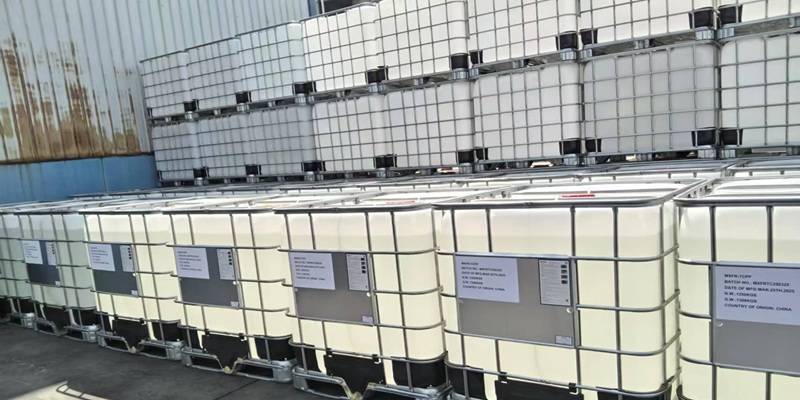Polyurethane (PU) foams have become indispensable materials in various industries due to their versatility, energy efficiency, and performance. Among the two main categories—open-cell and closed-cell foam—open-cell polyurethane foam is widely recognized for its flexibility, lightweight structure, sound absorption, and cost-effectiveness. A key component in the manufacturing of high-performance open-cell foams is the polyurethane catalyst.
At MINGXU NEW MATERIALS, we specialize in producing high-quality polyurethane catalysts that are engineered to meet the specific needs of open-cell foam applications. In this article, we’ll explore the essential role that catalysts play in open-cell foam systems and how the right catalyst selection can significantly improve product quality and processing efficiency.
What Is Open-Cell Polyurethane Foam?
Open-cell polyurethane foam is characterized by its interconnected cell structure. This structure makes the foam soft and flexible, allowing air to fill the voids within the material. As a result, open-cell foam is widely used for:
- Acoustic insulation
- Wall cavity insulation
- Cushioning materials
- Spray foam insulation in residential and commercial buildings
The open nature of the cells gives the foam a lower density and excellent sound-dampening properties.
Why Are Catalysts Critical in Open-Cell Foam Production?
Polyurethane foam is produced by a chemical reaction between polyols and isocyanates. Catalysts are essential for accelerating and controlling this reaction. In open-cell foam systems, the right balance between foaming (blowing) and gelling (curing) reactions is critical to achieving the desired cell structure, rise profile, and physical properties.
Here are the main functions of polyurethane catalysts in open-cell foam production:
1. Controlling Reaction Speed
Catalysts regulate the reaction time to ensure proper foam expansion without premature curing. This is especially important for large-scale spray foam applications, where uniformity and consistency are essential.
2. Enhancing Foam Quality
A well-balanced catalyst system supports the formation of a uniform, fine cell structure with stable open cells. This results in improved breathability and acoustic performance.
3. Improving Process Efficiency
Efficient catalysts reduce tack-free time and optimize the processing window, which is crucial for achieving higher productivity and reducing downtime during foam application.
4. Reducing Emissions and Odor
Modern catalyst formulations, such as those offered by MINGXU, are designed to be low-emission and low-odor, helping manufacturers meet environmental and workplace safety standards.
Catalyst Selection for Open-Cell Foam: Key Considerations
When choosing a polyurethane catalyst for open-cell foam, formulators must consider:
- Reaction Profile: A balance between foaming and curing is crucial to avoid collapse or poor adhesion.
- Compatibility: Catalysts should be compatible with other components like polyols, surfactants, and flame retardants.
- Environmental Compliance: Increasing regulations on volatile organic compounds (VOCs) and heavy metals make low-VOC, tin-free catalyst systems more favorable.
- Sprayability: For spray applications, a smooth and consistent rise profile is important to prevent surface defects.
At MINGXU, we offer a range of amine-based and metal-based polyurethane catalysts tailored for open-cell foam systems. Our products are optimized for high reactivity, controlled cell opening, and low VOC emissions, making them ideal for high-performance insulation and cushioning applications.
MINGXU’s Polyurethane Catalyst Solutions for Open-Cell Foam
Some of our key catalyst offerings for open-cell foam include:
- MXC-A1: A high-activity amine catalyst that promotes efficient foaming with excellent control of cell structure.
- MXC-BDMAEE: Enhances early fluidity and helps develop a stable open-cell structure, especially in spray applications.
- MXC-70: Optimized for water-blown systems and high-resilience formulations.
Each of our catalysts is rigorously tested for performance, environmental impact, and application compatibility.
Contact Us for Technical Support and Samples
If you are a manufacturer looking to improve the performance and consistency of your open-cell polyurethane foam, MINGXU NEW MATERIALS is your reliable partner. Our technical team can help you select the ideal catalyst for your formulation and provide ongoing support to optimize your process.
Post time: Jun-16-2025

